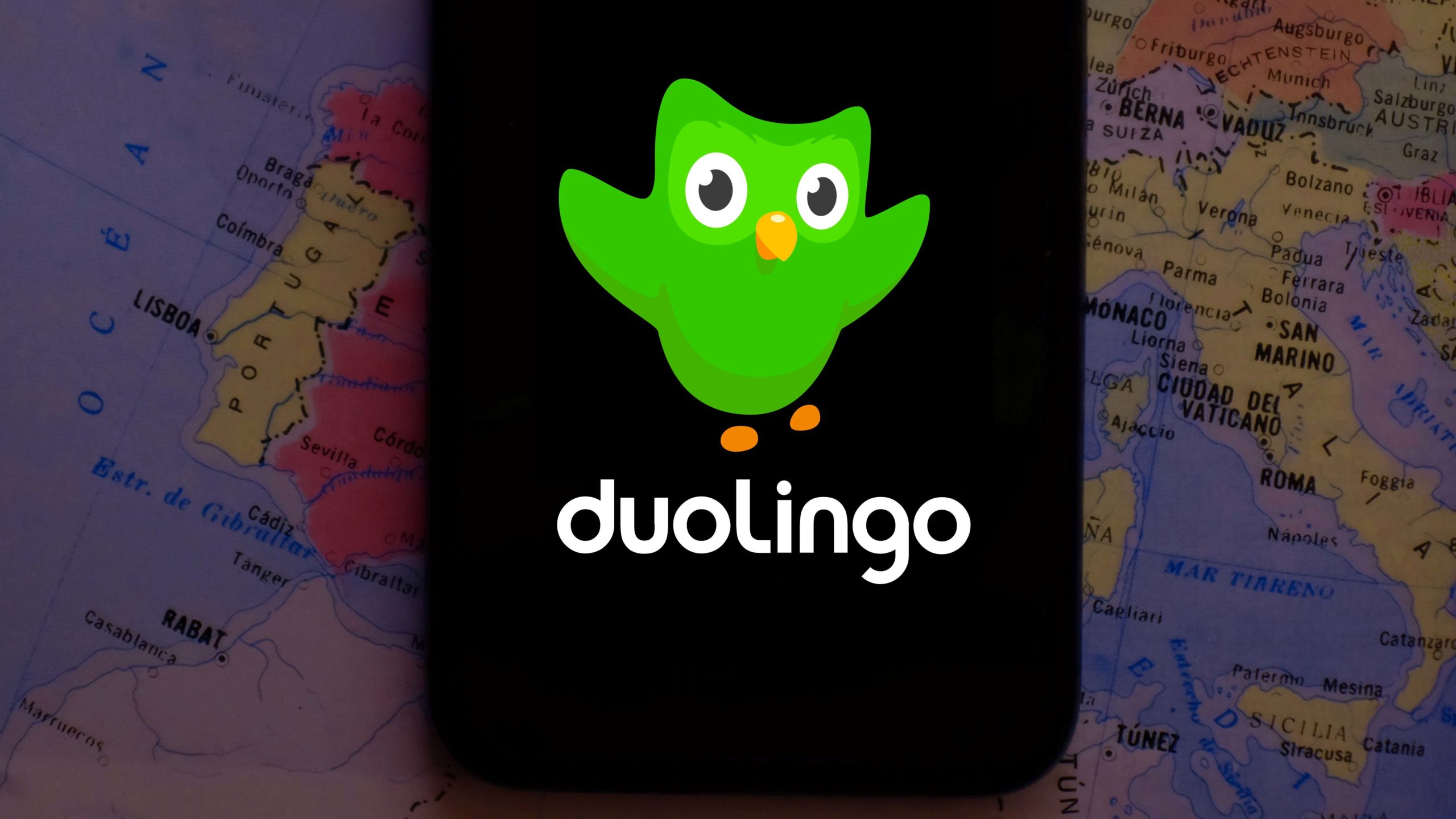Duolingo (NASDAQ:DUOL) reported excellent Q2 earnings on Aug. 11, essentially riding a wave of growth in language learning. The company just went public on July 26, raising about $406.2 million at $102 per share, according to its prospectus. (This was on top of the $114.6 million it already held, giving it a total of $520.8 million in cash). The problem is DUOL stock is now probably overvalued, given that its market value is $4.72 billion, as of Aug. 19, at $126.16 per share.

I can say this because we now know how many shares Duolingo has outstanding. The company reported on Aug. 12 in its 10-Q, its total share count was 37.418 million shares (which was higher than the shares indicated in the prospectus).
Moreover, given that its quarterly revenue was just $59 million, this puts the stock at a high price-to-sales (P/S) and EV-to-EBITDA valuation. There are no analysts covering the stock yet, so let’s look into this further and do our own calculations.
What Duolingo Is Likely Worth
Duolingo has a “freemium” business model with its language learning app. Only 4% of so of its users actually subscribe to the company’s monthly or annual subscription plan. In addition, it makes a small amount of money from advertising and commissions on English tests.
Last quarter it made $58.8 million in revenue. This was 47% higher than the same quarter last year, but just 6.2% over its Q1 revenue of $55.36 million (see the 10-Q). If we were to annualized its Q2 number it works out to $235.2 million. However, this assumes there will be no growth for the rest of the year. Therefore, if we were to assume a quarterly 6% growth rate for the next two quarters, then 2021 sales could hit $242.56 million. This is higher than the upper range of the company’s own forecast of $236 to $242 million.
Therefore, you can see that the P/S multiple for DUO stock for 2021 is 19.5 times (i.e., $4.72 billion/$242.56 million). That is a very high multiple. Let’s assume that revenue will grow 50% (i.e., $242.56 million/ 2020 sales of $161.7 million). That means the forward P/S multiple will be 13 times (i.e., $4.72 billion/$363.8 million).
Adjusting the Forecast
But, it’s not realistic to assume 50% growth for 2022. For example, its Q2 quarter-over-quarter growth of 6.2% implies just 27.2% annual growth. That is only just over half of 50% growth. As a result, using 27.2% brings the 2022 forecast to $308.53 million. This means its P/S metric is higher at 15.3 times.
The problem is that is probably at least 50% to 75% higher than it should be. Moreover, it won’t be making money in 2022.
For example, in Q2 Duolingo did a good job making money. Apparently, despite a net income loss of $176,000 in Q2, Duolingo had adjusted EBITDA (earnings before interest, taxes, depreciation and amortization) of positive $3.7 million.
However, the company said in its outlook section that adj. EBITDA will turn negative by the end of 2021 to negative $14 million. This might happen if the company expects to increase its cost base now that it has $520 million in cash in the bank. So this could push its valuation even lower. I suspect that based on this the P/S valuation should be no more than 10 times.
What DUOL Stock Is Worth
That means that its future value should be no more than $3.085 billion (i.e., 10 x $308.5 million in 2022 sales). This is 65.36% of its $4.872 billion market value. It implies a 34.64% downturn in the stock.
In other words, DUOL stock is not worth more than $82.46 per share (i.e., 65.36% x $126.16 per share as of Aug. 19).
Most defensive investors will wait for the stock to fall to at least $82.46 per share or 35% lower. They should also wait to see if its next quarter results in better than 6.2% QoQ growth and if the company has a positive adj. EBITDA cash flow performance.
On the date of publication, Mark R. Hake did not hold any position in any of the securities mentioned in the article. The opinions expressed in this article are those of the writer, subject to the InvestorPlace.com Publishing Guidelines.
Mark Hake writes about personal finance on mrhake.medium.com and runs the Total Yield Value Guide which you can review here.
